Analysis of the loss of nuclear submarines of the Soviet Navy and the US Navy
Water and cold. Darkness.
And somewhere above the sound of metal.
There is no strength to say: we are here, here ...
Gone hope wait tired.
Bottomless ocean securely stores its secrets. Somewhere, under the dark arches of the waves, there are fragments of thousands of ships, each of which has its own unique destiny and history tragic death.
In 1963, the sea water column crushed the most modern American submarine "Tracher". Half a century ago, it was hard to believe it - invincible Poseidon, who drew strength from the flame of a nuclear reactor, capable of circling the globe without a single ascent, turned out to be weak, like a worm, before the onslaught of ruthless elements.
"We have a positive increasing angle ... We are trying to blow ... 900 ... north" - the last message from the "Tresher" is not able to convey the horror that dying submariners experienced. Who could have imagined that a two-day test trip accompanied by the Skylark rescue tug could end in a similar catastrophe?
The reason for the death of "Thresser" remains a mystery. The main hypothesis: when immersed to the maximum depth, water entered the robust hull of the boat - the reactor was automatically muffled and the submarine deprived of its course fell into the abyss, taking 129 human lives with it.
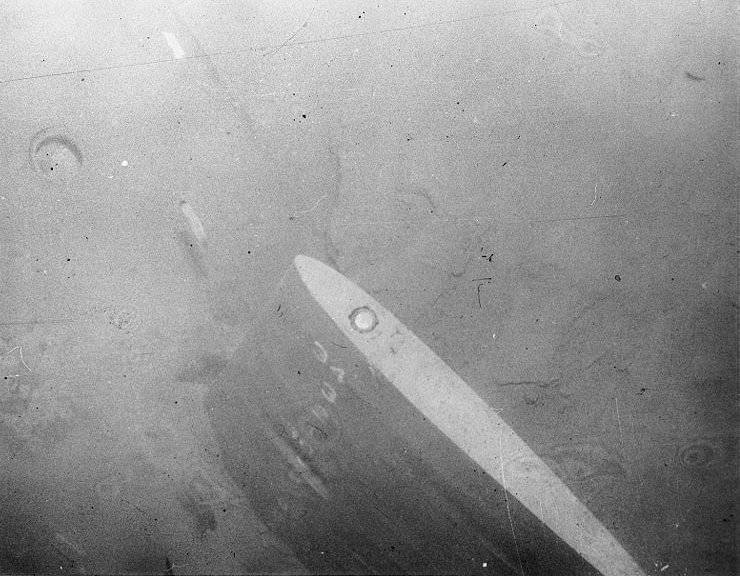
Soon, the terrible story got continued - the Americans lost another nuclear-powered icebreaker with the crew: in the Atlantic, the 1968 disappeared without a trace multipurpose submarine "Scorpion".
In contrast to the “Tresher”, with which, until the last second, the underwater communication was maintained, the death of the “Scorpion” was complicated by the absence of at least some clear ideas about the coordinates of the crash site. Five months of unsuccessful searches continued until the Yankees decrypted data from the deep-sea stations of the SOSUS system (a network of US naval buoys-hydrophones to track Soviet submarines) - a loud bang, similar to the destruction of a durable submarine hull, was found on 22 records in May 1968. Next, using the triangulation method restored the approximate location of the dead boat.
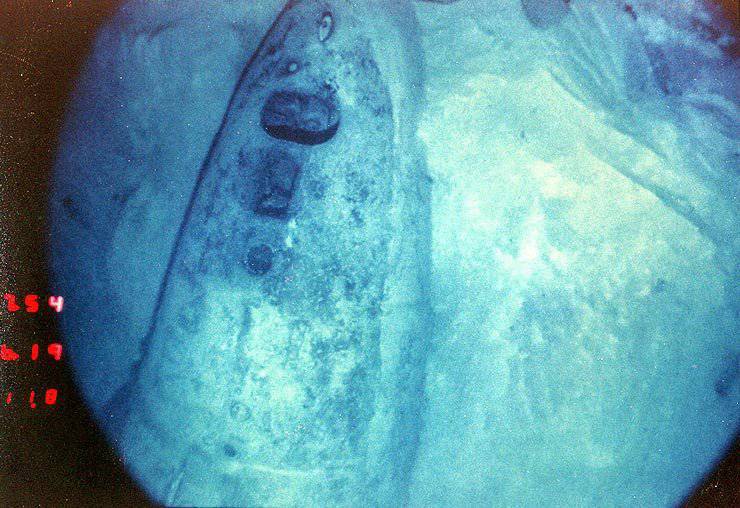
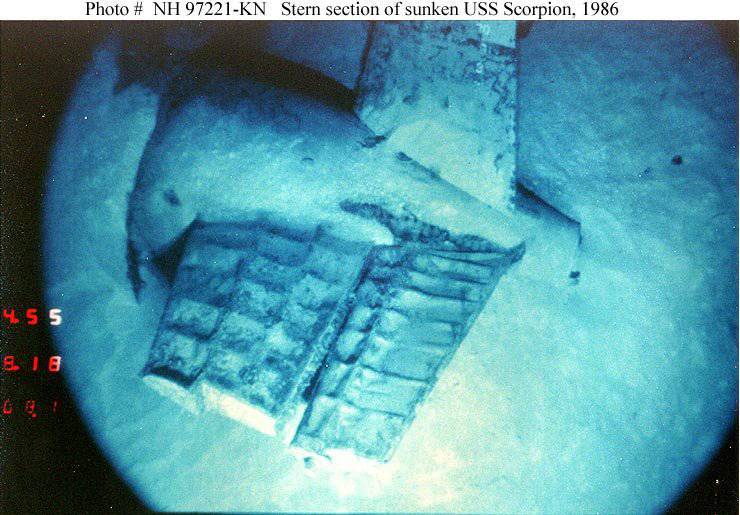
The wreckage of the "Scorpion" was discovered at a depth of 3000 meters in the middle of the Atlantic Ocean, in 740 km south-west of the Azores. The official version connects the death of the boat with the detonation of the torpedoes ammunition (almost like the Kursk!). There is a more exotic legend, according to which the Scorpion sank the Russians in retaliation for the death of K-129.
The mystery of the death of the Scorpion still stirs the minds of sailors - in November 2012, the United States Navy Veterans Organization suggested that a new investigation be launched to establish the truth about the death of the American boat.
Not even 48 hours passed, as the wreckage of the American Scorpion sank to the seabed, a new tragedy occurred in the ocean. On experimental nuclear submarine K-27 USSR Navy out of control reactor with a liquid metal coolant. A nightmarish unit, in whose veins melted lead boiled, "dirtied" all compartments with radioactive emissions, the crew received terrible radiation doses, 9 submariners died from acute radiation sickness. Despite the severe radiation accident, the Soviet sailors managed to bring the boat to the base in Gremikha.
K-27 has turned into an inefficient pile of metal with positive buoyancy, exuding deadly gamma rays. The question of the future fate of a unique ship hung in the air, and finally, in 1981, it was decided to flood the emergency submarine in one of the bays on Novaya Zemlya. In memory to descendants. Maybe they will find a way to safely dispose of a floating Fukushima?
But long before the "last dive" K-27, the grouping of atomic submarines at the bottom of the Atlantic was replenished submarine K-8. One of the firstborn of the atomic fleet, the third submarine in the ranks of the Navy of the USSR, sunk during a fire in the Bay of Biscay on April 12, 1970. 80 hours there was a struggle for the survivability of the ship, during which time the sailors managed to shut down the reactors and evacuate part of the crew on board the approaching Bulgarian ship.
The death of the K-8 and 52 submariners became the first official loss of the Soviet nuclear fleet. At the moment, the wreckage of an atomic-powered vessel rests at a depth of 4680 meters in 250 miles from the coast of Spain.
In 1980-s of the Soviet Navy lost in combat campaigns a couple more nuclear submarines - Strategic missile submarine cruiser K-219 and K-278 unique "titanium" submarine Komsomolets.
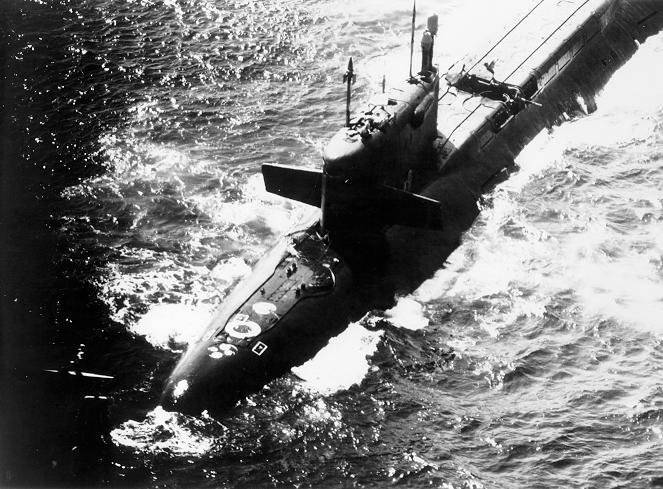
The most dangerous situation was around K-219 - on board the submarine, in addition to two nuclear reactors, were 15 ballistic missiles * submarine-based P-21 with 45 thermonuclear warheads. October 3 1986 of the year occurred depressurization of the missile shaft No. XXUMX, which led to the explosion of a ballistic missile. The crippled ship showed fantastic survivability, having managed to ascend from the depth of 6 meters, having damage to the robust hull and the flooded fourth (missile) compartment.
* In total, the project assumed an 16 SLBM, but in 1973, a similar case had already occurred on K-219 — an explosion of a liquid rocket. As a result, the “unlucky” boat remained in service, but lost its launch shaft No. XXUMX.
Three days after the rocket blast, the nuclear-powered armed ship sank in the middle of the Atlantic Ocean at a depth of 5 kilometers. The victims of the disaster were 8 people. It happened this October 6 1986
Three years later, on April 7 of the year 1989, another Soviet submarine K-278 “Komsomolets” lay on the bottom of the Norwegian Sea. An unsurpassed ship with a titanium hull, capable of diving to a depth of over 1000 meters.
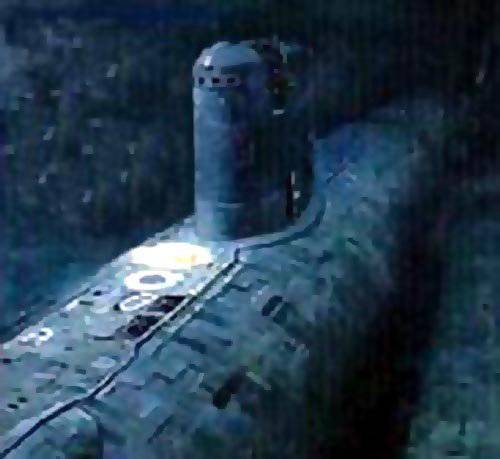
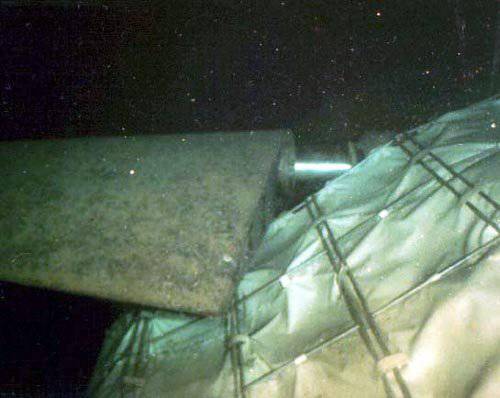
Alas, none of the beyond TTH saved the Komsomolets - the submarine fell victim to a banal fire, complicated by the lack of clear ideas about the tactics of the struggle for survivability on the boating-free boats. In the flaming compartments and ice water, the 42 of the sailor died. Nuclear submarine sank at a depth of 1858 meters, becoming the subject of fierce debate between shipbuilders and naval sailors in an effort to find the "culprit."
New times brought new problems. The bacchanalia of the “free market”, multiplied by “limited funding,” the destruction of the fleet's supply system and the massive dismissal of experienced submariners led to a catastrophe. And she was not long in coming.
12 August 2000 did not get in touch The submarine K-141 "Kursk". The official cause of the tragedy is the spontaneous explosion of a “long” torpedo. The unofficial version is from a nightmarish heresy in the “Submarine in Muddy Water” style from French director Jean Michel Carré to entirely plausible hypotheses about a collision with the aircraft-carrying cruiser Admiral Kuznetsov or a torpedo launched from the American submarine Toledo (the motive is unclear).
The nuclear submarine cruiser is the “aircraft carrier killer” with a 24 displacement of thousands of tons. The depth at the place where the submarine was submerged was 108 meters, 118 people were locked in the “steel coffin” ...
The epic with the unsuccessful operation to rescue the crew from the Kursk lying on the ground shook the whole of Russia. We all remember smiling face of the next git with admiral epaulettes smiling on TV: “The situation is under control. There is a contact with the crew, air supply to the emergency boat is organized. ”
Then there was an operation to lift the Kursk. Sawed off the first compartment (for what ??), the found letter of Captain Kolesnikov ... was there a second page? Someday we will find out the truth about those events. And, for certain, we will be very surprised at our naivety.
30 August 2003 of the year occurred another tragedy hidden in the gray twilight of the fleet's everyday life - while towing to the groove sank old submarine K-159. The reason - the loss of buoyancy, due to poor technical condition of the boat. It still lies at a depth of 170 meters near the island of Kildin, on the approach to Murmansk.
The question of raising and disposing of this radioactive metal pile is periodically raised, but so far the matter does not go beyond words.
Total today at the bottom of the oceans are the wreckage of seven nuclear submarines:
- two American: "Thresher" and "Scorpion"
- five Soviet: K-8, K-27, K-219, K-278 and K-159.
However, this is not a complete list. In the history of the Russian Navy, a number of other incidents were noted that were not reported by TASS, in each of which nuclear submarines died.
For example, 20 August 1980, a severe accident occurred in the Philippine Sea - 122 seamen were killed in a fire fighting K-14. The crew was able to save his submarine and bring the burned boat in tow to its home base. Alas, the damage was such that the restoration of the boat was considered inappropriate. After 15 years of sludge, the K-122 was disposed of at the Zvezda DVZhZ.
Another severe case, known as the “radiation accident in the Chazhma Bay”, occurred in the 1985 year in the Far East. In the process of reloading the nuclear submarine K-431, the floating crane swayed in the wake and “snatched” the control grids from the submarine's reactor. The reactor turned on and instantly went to the ultimate mode of operation, becoming a “dirty atomic bomb”, the so-called "Pop". In a bright flash, the 11 officers standing nearby disappeared. According to eyewitnesses, the 12-tonne cover of the reactor flew up a couple of hundred meters and then fell back onto the boat, almost cutting it in half. The fire started and emissions of radioactive dust finally turned K-431 and the K-42 nuclear submarine standing nearby into incapable floating coffins. Both emergency submarines were sent to scrap.
If it comes to accidents on the submarine, it is impossible not to mention the K-19, which received the nickname “Hiroshima” in the fleet. The boat, at least four times became a source of serious problems. Particularly memorable is the first combat trip and the accident of the 3 reactor on July 1961 of the year. K-19 was heroically saved, but an episode with a reactor almost cost the life of the first Soviet missile carrier.
After reviewing the list of dead submarines, the layman may have a vile conviction: the Russians cannot control the ships. The charge is serious. The Yankees lost just two nuclear submarines, the Thresher and the Scorpion. At the same time, the domestic fleet lost almost a dozen nuclear submarines, not counting the diesel-electric submarines (the Yankees do not build diesel-electric boats from the 1950-s). How to explain this paradox? The fact that the nuclear-powered ships of the USSR Navy were controlled by Krivoruk Russian Mongols?
Something tells me that the paradox has a different explanation. Let's try to find it together.
It is worth noting that an attempt to "dump" all the failures on the difference in the number of submarines in the composition of the Navy of the USSR and the US Navy is obviously useless. In total, during the existence of the nuclear submarine fleet, the sailors of the order of the 250 submarines (from K-3 to modern Boreya) passed through the hands of our sailors; the Americans had several less ≈ 200 units. However, nuclear ships from the Yankees appeared earlier and were exploited two to three times more intensively (just look at the operating voltage ratio of the SSBNs: our 0,17 - 0,24 and our 0,5 - 0,6). Obviously, the whole thing is not in the number of boats ... But then what is it?
Much depends on the counting method. As the old joke says: “It doesn’t matter how they did it, the main thing is how they figured it out.” A thick plume of accidents and fatal accidents stretched through the entire history of the nuclear fleet, regardless of the submarine flag.
- 9 February 2001, a multi-purpose nuclear submarine of the US Greenville, rammed a Japanese fishing boat Ehime Maru. 9 was killed by Japanese fishermen, the US Navy submarine hid from the scene without providing any assistance in distress.
Nonsense! - answer the Yankees. Navigation accidents - everyday life in any fleet. In the summer of 1973, the Soviet nuclear submarine K-56 collided with the scientific vessel Akademik Berg. Killed 27 sailors.
But the Russian boats sank right at the pier! Here you are:
13 September 1985 of the year K-429 lay on the ground at the pier in the bay Krasheninnikov.
So what?! - our sailors may object. The Yankee had the same case:
15 May 1969, the US Navy nuclear submarine Guitarro sank directly at the quay wall. The reason is ordinary negligence.
The Americans scratched their heads and remembered how the 8 of May 1982 of the year in the central post of the nuclear submarine K-123 (the “underwater fighter” of the 705 project, the ZhMT reactor) received the original report: “I see a silver metal spreading on the deck”. The first loop of the reactor broke through, the radioactive lead-bismuth alloy so “soiled” the boat that it took 123 years to clean the K-10. Fortunately, none of the sailors died then.
The Russians just smile sadly and tactfully hint at the Americans, as the USS Dace (SSN-607) accidentally “threw out” two tons of radioactive fluid from the primary circuit into the Thames (river in the USA), “riddled” the entire naval basement Groton.
Stop!
So we will not achieve anything. It makes no sense to blacken each other and remember the unsightly moments from the story.
It is clear that a huge fleet of hundreds of ships serves as a rich soil for various emergency situations - every day some smoke appears, something falls, explodes, or sits on stones.
The true indicators are major accidents leading to the death of ships. “Thresher”, “Scorpio” ... Are there any other cases when atomic ships of the US Navy received heavy damage in military campaigns and were permanently excluded from the fleet?
Yes, there have been such cases.
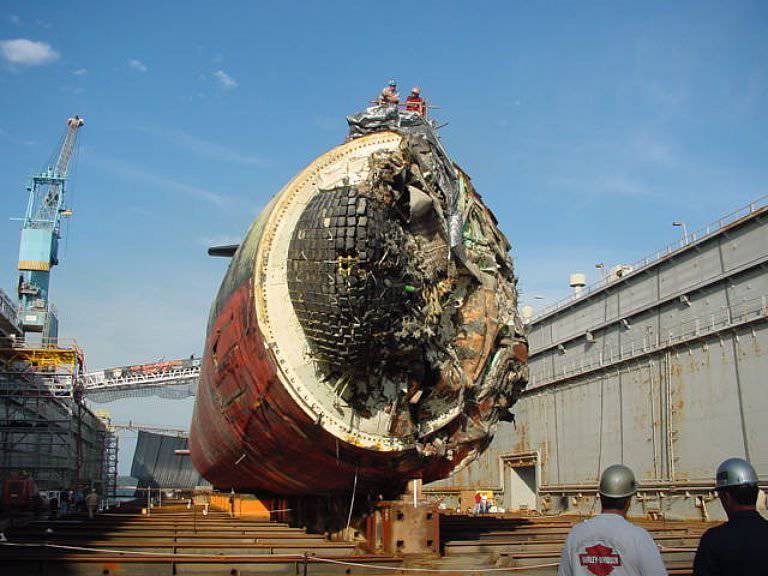
In 1986, the US Nathaniel Green, a strategic missile carrier of the US Navy, crashed on stones in the Irish Sea. Damage to the hull, rudders and ballast tanks were so great that the boat had to be sent to the scrap.
11 February 1992 of the year. Barents Sea. Multi-purpose nuclear submarine "Baton Rouge" collided with the Russian titanium "Barracuda". The boats collided successfully - repairs on the B-276 took six months, and the history of the USS Baton Rouge (SSN-689) turned out to be much sadder. Collision with the Russian titanium boat led to the appearance of stresses and microcracks in the durable submarine hull. "Baton Rouge" wandered to the base and soon ceased to exist.
It's not fair! - the attentive reader will notice. Americans have purely navigational errors; on the ships of the US Navy there were practically no accidents with damage to the reactor core. In the Russian Navy, everything is different: the compartments are lit, the molten heat carrier lashes onto the deck. There are design miscalculations and improper operation of the equipment.
And it is true. Domestic submarine fleet exchanged reliability on the beyond technical characteristics of the boats. The design of the Navy submarines of the USSR has always been distinguished by a high degree of novelty and a large number of innovative solutions. Testing of new technologies was often carried out directly in combat campaigns. The fastest (K-222), the deepest (K-278), the largest (941 “Shark” project) and the most secretive boat (945А “Condor” project) were created in our country. And if there is nothing to reproach the Condor and the Shark, then the operation of the rest of the record holders was regularly accompanied by major technical problems.
Was this the right decision: weapon and depth of immersion in exchange for reliability? We have no right to answer this question. History does not know the subjunctive mood, the only thing I wanted to convey to the reader: the high accident rate on Soviet submarines is not the mistakes of the designers and not the mistakes of the crews. Often it was inevitable. The high price paid for the unique characteristics of submarines.

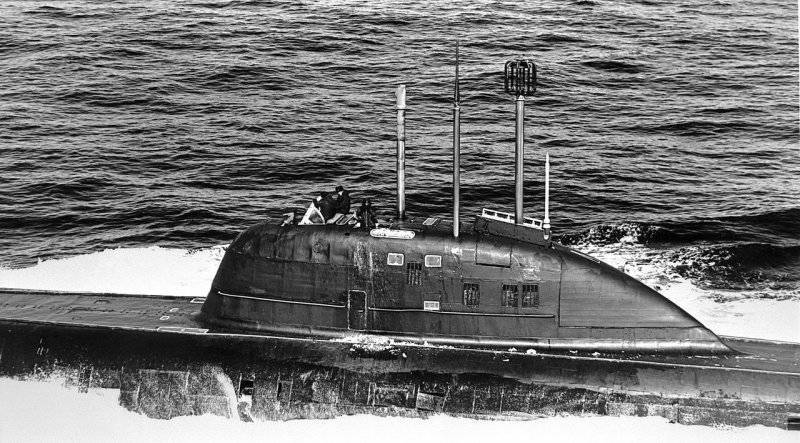
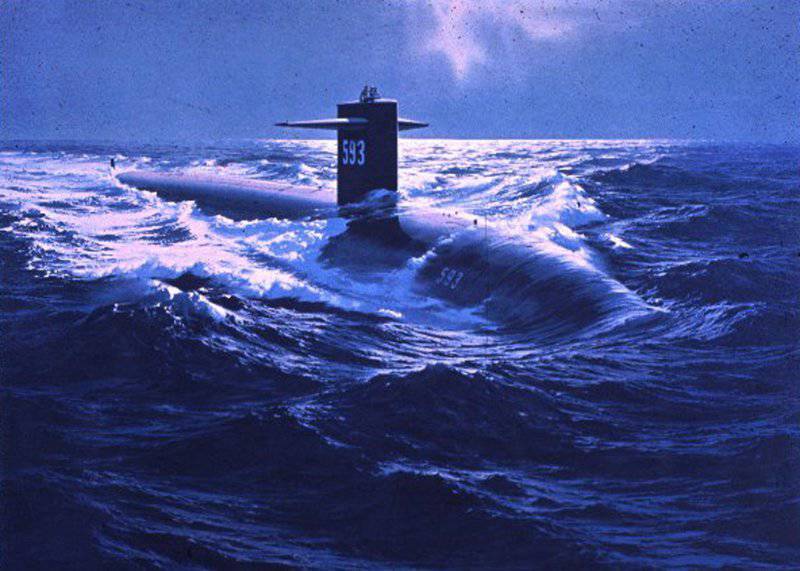
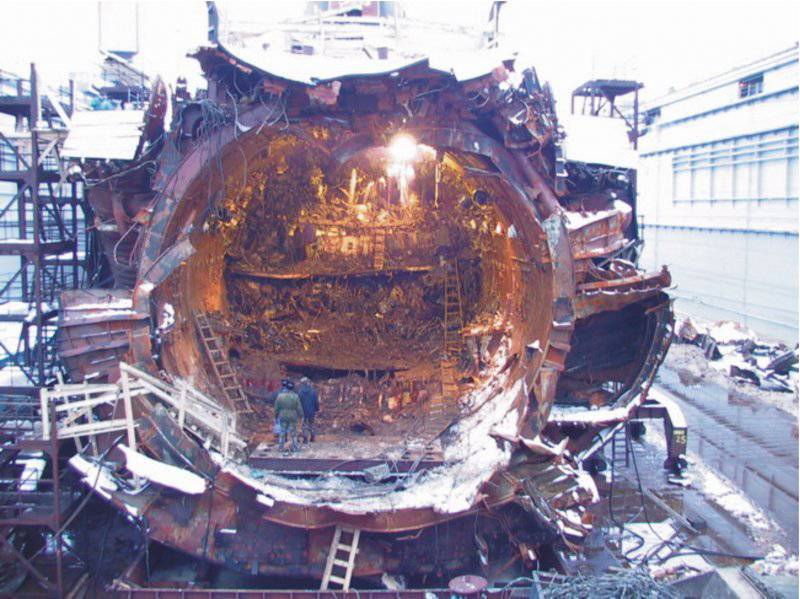
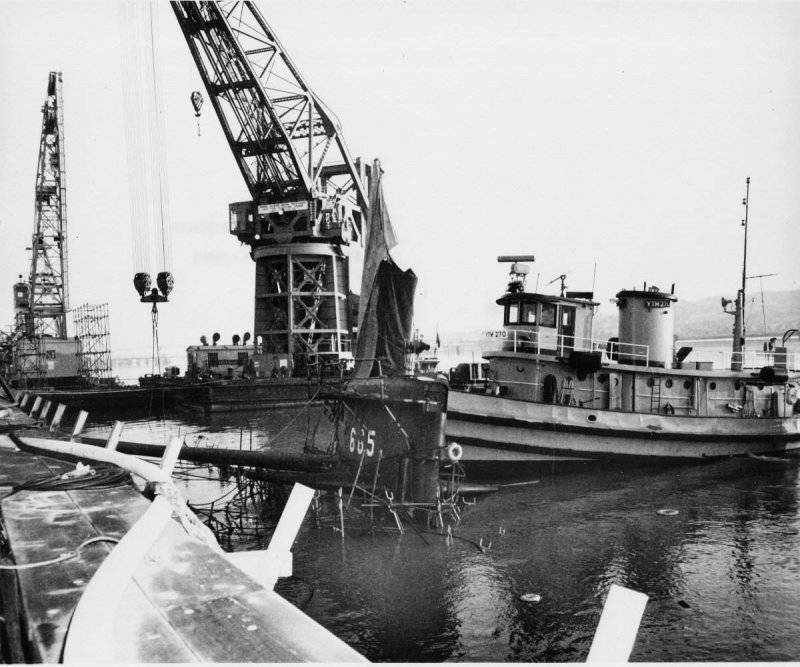
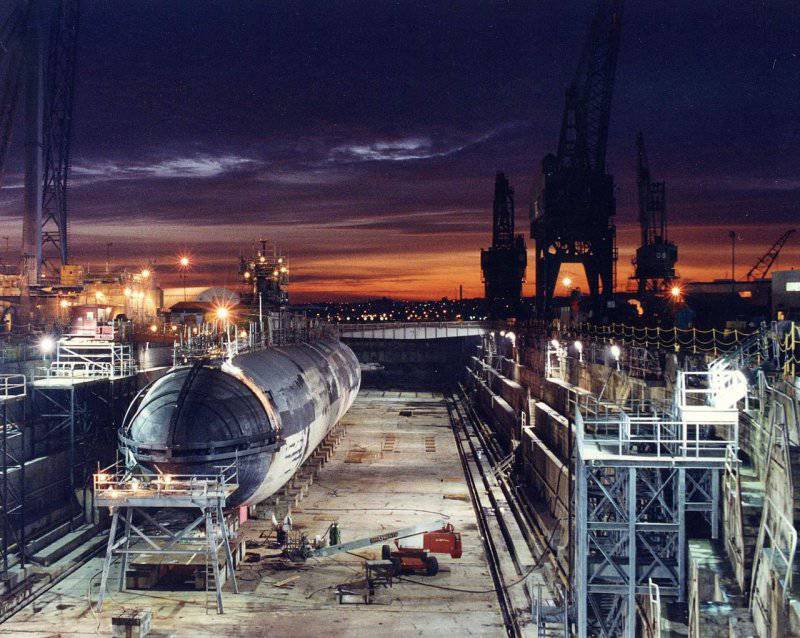
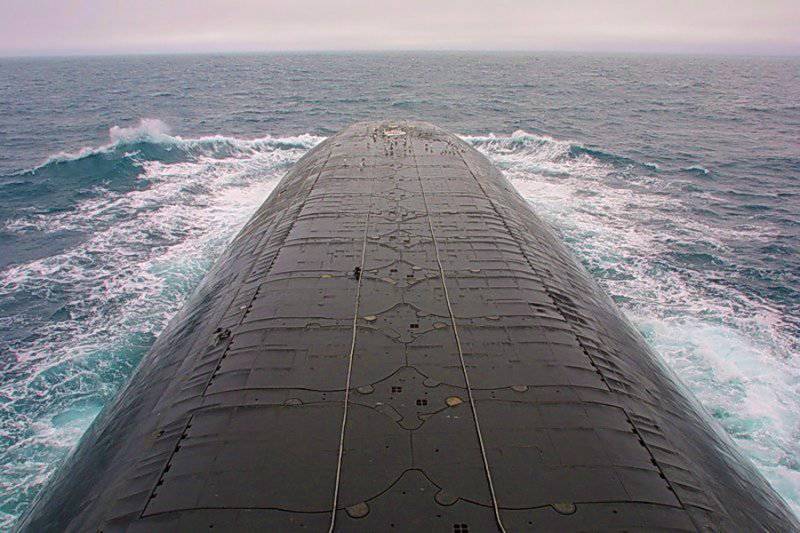
Information